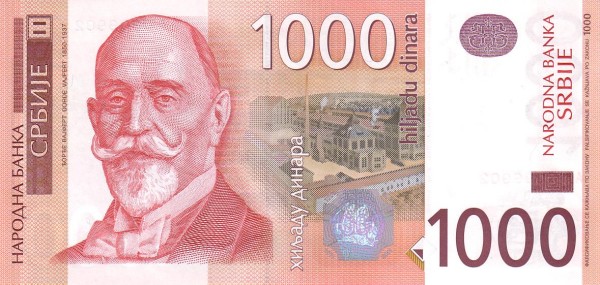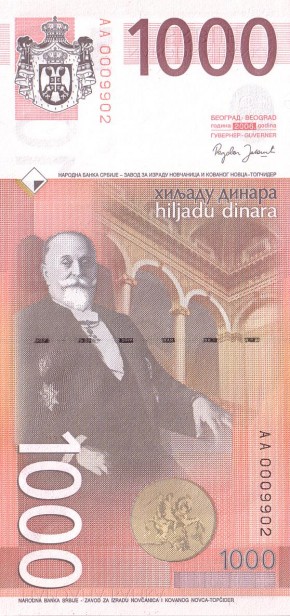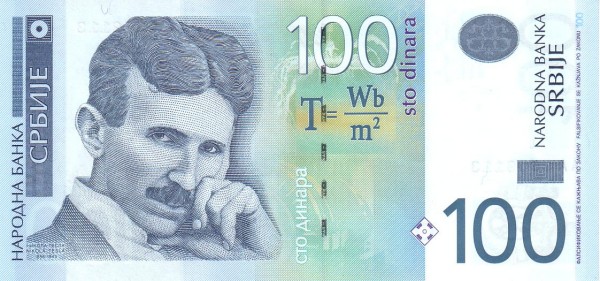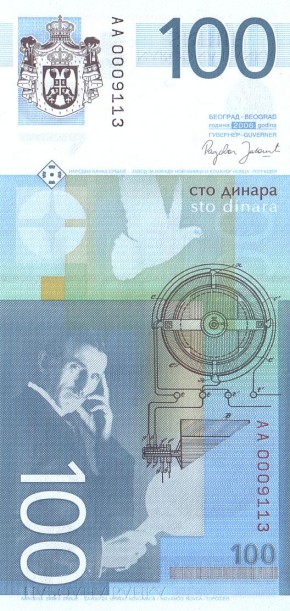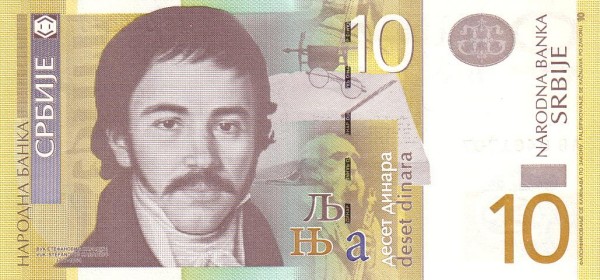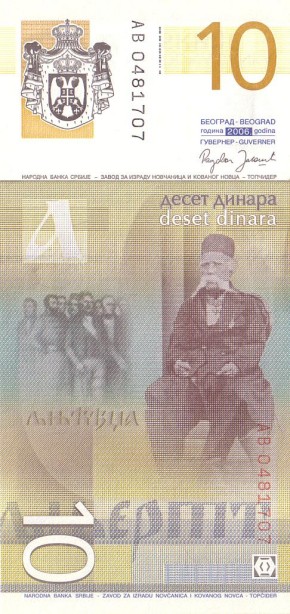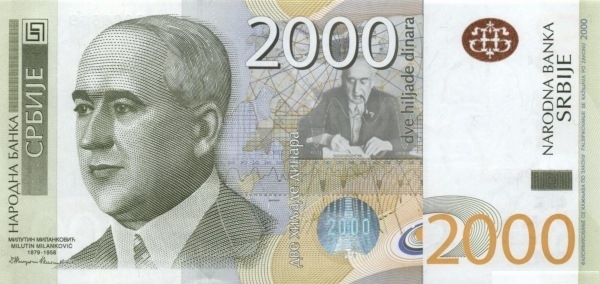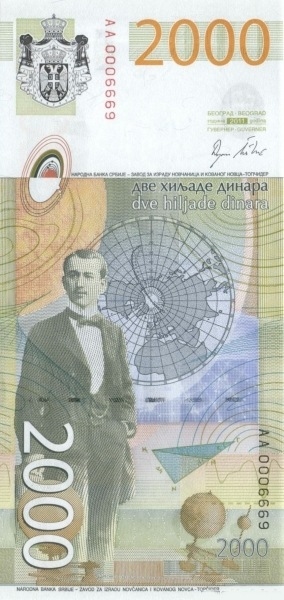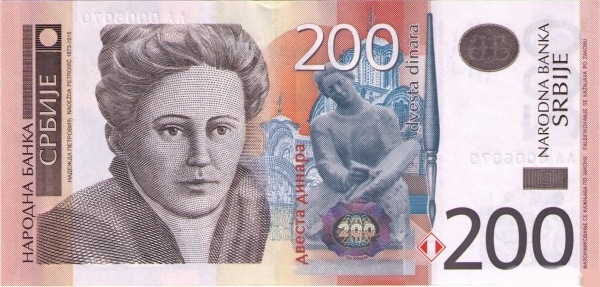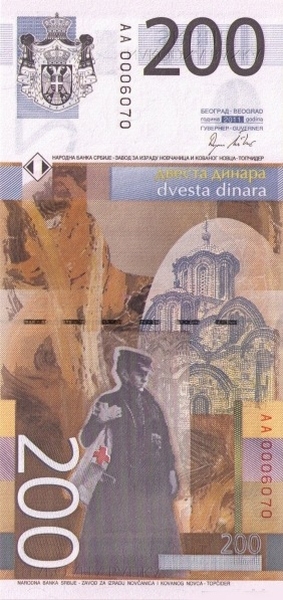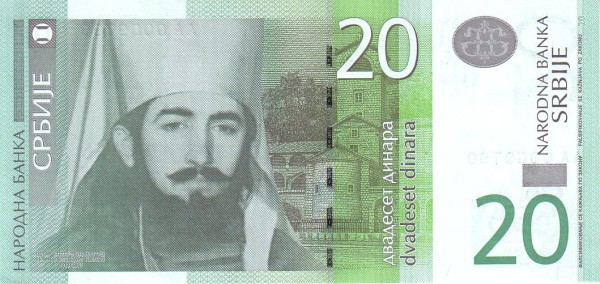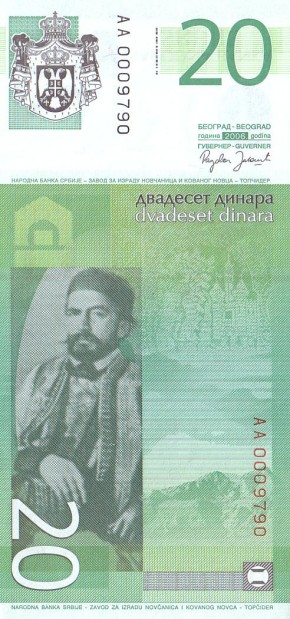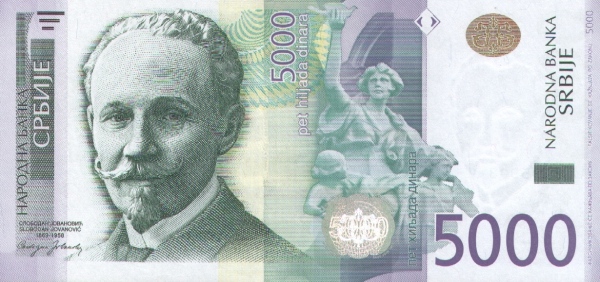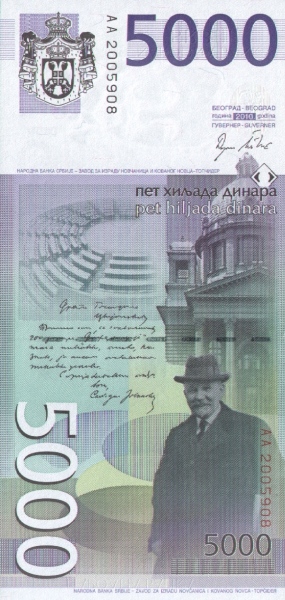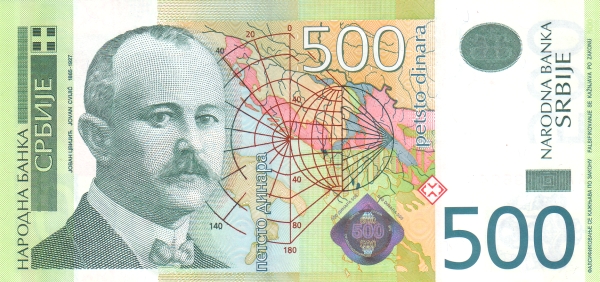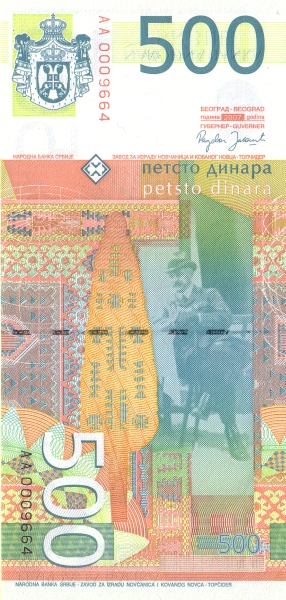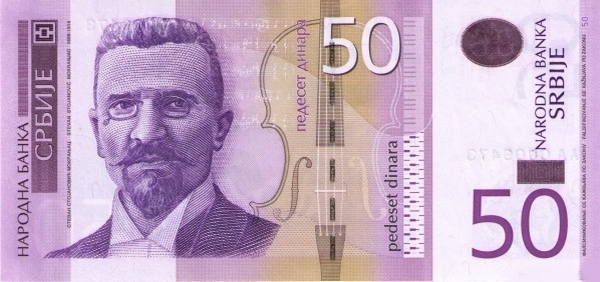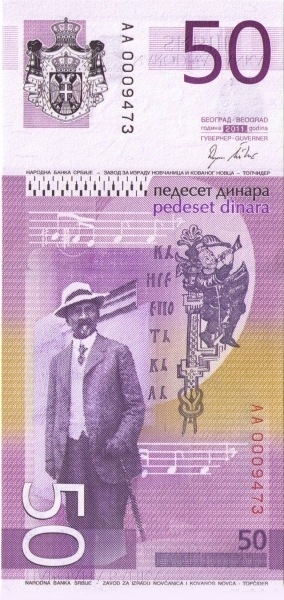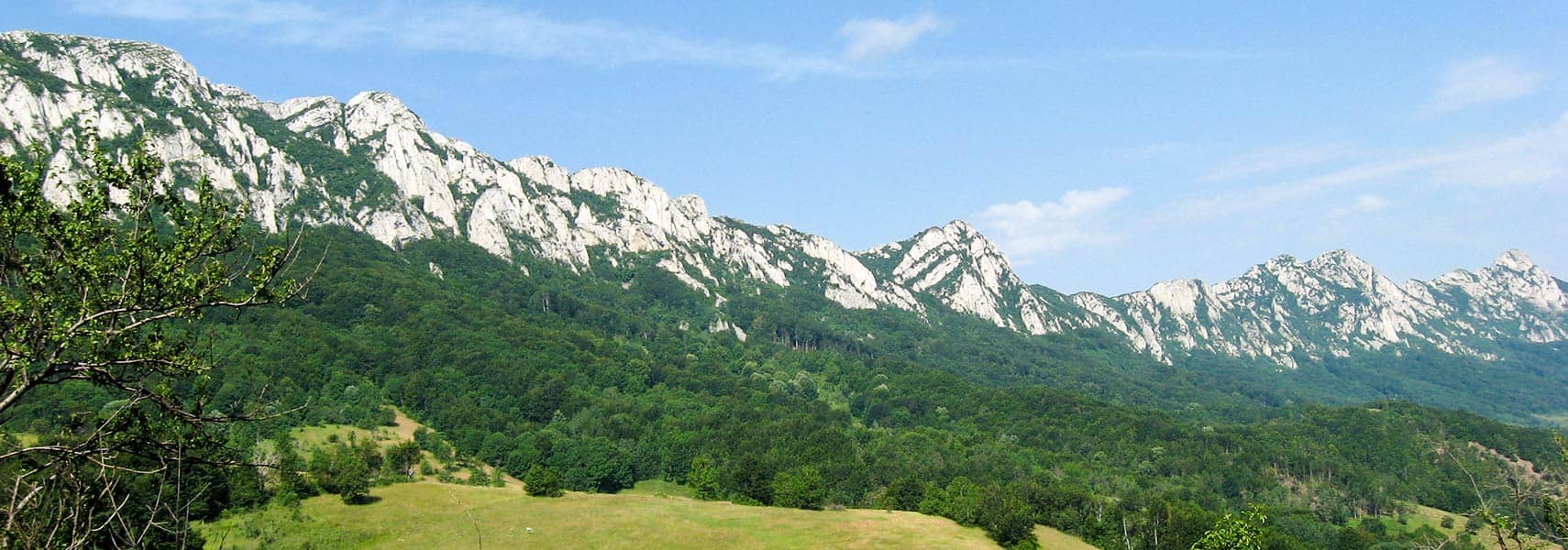Exploring Serbia: A Central Hub in the Balkans
Serbia, located in the heart of the Balkan Peninsula, stands as a prominent nation that has significantly influenced the region's history and culture. Nestled between former Yugoslav republics, Serbia shares its borders with Bosnia and Herzegovina, Croatia, the Republic of Macedonia, and Montenegro. Furthermore, it connects with Albania, Bulgaria, Hungary, and Romania, enhancing its geographical importance. Covering an expansive area of 77,474 km², Serbia is comparable in size to the Czech Republic, slightly smaller than South Carolina in the United States. Its population, as recorded in 2016, reached approximately 7.2 million, with Belgrade serving as its bustling capital and largest city, home to 1.6 million residents. The official language is Serbian, which is primarily written in the Cyrillic script.
The Historical Background of Serbia
To appreciate Serbia's evolution, we must first delve into its historical backdrop. The Kingdom of Serbs, Croats, and Slovenes emerged in 1918, only to be renamed Yugoslavia in 1929. As the political and cultural nucleus of Yugoslavia, Serbia solidified its position throughout the years. However, the turning point came in 2006 when Montenegro voted for independence, leading Serbia to affirm its sovereignty on June 5 of that year. This marked the beginning of Serbia as a stand-alone nation.
Serbia's Ongoing Territorial Disputes
In February 2008, Kosovo asserted its independence from Serbia, prompting a complex territorial dispute that remains unresolved. While Kosovo has gained recognition from numerous countries, Serbia steadfastly refuses to acknowledge this claim. Intriguingly, in April 2013, both Serbia and Kosovo signed a pivotal agreement aimed at normalizing their relations. This agreement marked a significant step toward resolving their long-standing conflicts, illustrating Serbia's commitment to fostering stability in the region.
Goals for EU Integration
Serbia harbors ambitious aspirations to join the European Union (EU) by 2020. The journey toward EU membership began earnestly in January 2014 when Serbia initiated formal negotiations. This strategic direction signifies Serbia's desire to bolster its international ties and enhance its global standing within a rapidly evolving political landscape.
The Government Structure of Serbia
Serbia operates as a Republic, governed by a constitution adopted on April 27, 1992. As the successor to the State Union of Serbia and Montenegro, Serbia became an independent entity following Montenegro's declaration on June 3, 2006. Moreover, the Federal Republic of Yugoslavia (F.R.Y.) was established on April 11, 1992, and underwent a transformation in 2003 when it embraced a new constitutional charter, defining its state union with Montenegro.
Geography and Natural Features
Geographically, Serbia is a landlocked country, strategically positioned between Macedonia and Hungary in Southeastern Europe. The nation’s diverse terrain encompasses rich fertile plains in the north, limestone ranges and basins in the east, alongside mountains and hills in the southeast. Serbia's natural beauty attracts tourists, hikers, and nature aficionados alike. With a continental climate, Serbia experiences distinct seasons, featuring warm summers—where temperatures can soar up to 30°C—and cool, snowy winters with temperatures dipping to as low as -5°C.
The Serbian Population
The Serbian people, comprised primarily of Serbs (66%), form a rich tapestry of over 37 ethnic groups. Notable minorities include Albanians (17%), Montenegrins (5%), and Hungarians (3.5%). This cultural diversity contributes to Serbia's vibrant social fabric. The predominant religion is Orthodox Christianity, practiced by about 65% of the population, complemented by a Muslim minority (19%) and smaller Roman Catholic (4%) and Protestant (1%) communities. Impressively, Serbia boasts a literacy rate of 96%, highlighting the country's commitment to education.
Natural Resources and Economic Landscape
Serbia is endowed with an array of natural resources that significantly contribute to its economy. Key resources include oil, gas, coal, and various minerals such as iron ore, copper, and gold. Agriculture thrives in Serbia, with key products including wheat, maize, sugar beets, and livestock. The nation has established sectors in sugar production, agricultural machinery, electrical equipment, and more, encapsulating the industrial versatility of Serbia.
Trade and Economic Relations
Serbia engages in diverse international trade, with exports primarily featuring iron and steel, rubber, clothing, and agricultural products. In 2015, Serbia's top export destinations included Italy (16.2%), Germany (12.6%), and Bosnia and Herzegovina (8.7%). Conversely, Serbia imports a variety of goods, including machinery, transport equipment, and raw materials from countries like Germany (12.4%) and Italy (10.6%). This interdependence highlights Serbia's connectivity with global markets and its active participation in international trade.
Conclusion: The Path Ahead for Serbia
Serbia stands at a crossroads of opportunity and challenge as it navigates its future. With ambitions for EU membership and a focus on economic growth, the country is poised to carve out its identity on both regional and global stages. The rich history, diverse culture, and resilient spirit of the Serbian people continue to shape the narrative of this vibrant nation, making Serbia a pivotal player in Southeastern Europe.
Largest cities of: Serbia
| City Name | Population | Year of foundation | |
| Belgrade | 1,166,000 | 278 B | |
| Novi Sad | 250,000 | 1694 | |
| Niš | 180,000 | circa 279 B | |
| Subotica | 100,000 | 1780 | |
| Zrenjanin | 76,000 | 1786 | |
| Čačak | 73,000 | 1408 | |
| Kraljevo | 64,000 | 1818 | |
| Leskovac | 61,000 | 1833 |
Serbia: Money
